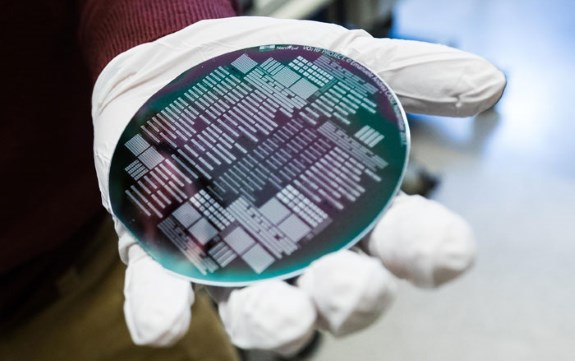Hexus reports that VO2 could become an interesting choice for future generations of space communications, neuromorphic computing, and high-frequency radar chips.
VO2 is very interesting to scientists as it behaves as an insulator at room temperature but as a conductor at temperatures above 68°C. The insulator-conductor change occurs because at that temperature the material changes from a crystalline atomic structure to a metallic one. Such a property change is called a ‘metal-insulator transition’, or MIT for short. The phase change in VO2 takes less than a nanosecond – an attractive property for electronics.
The EPFL blog explains that the MIT occurs at a temperature too low to be useful in electronics. However, EPFL researchers have managed to get the MIT to trigger at temperatures above 100°C by adding germanium to VO2.
